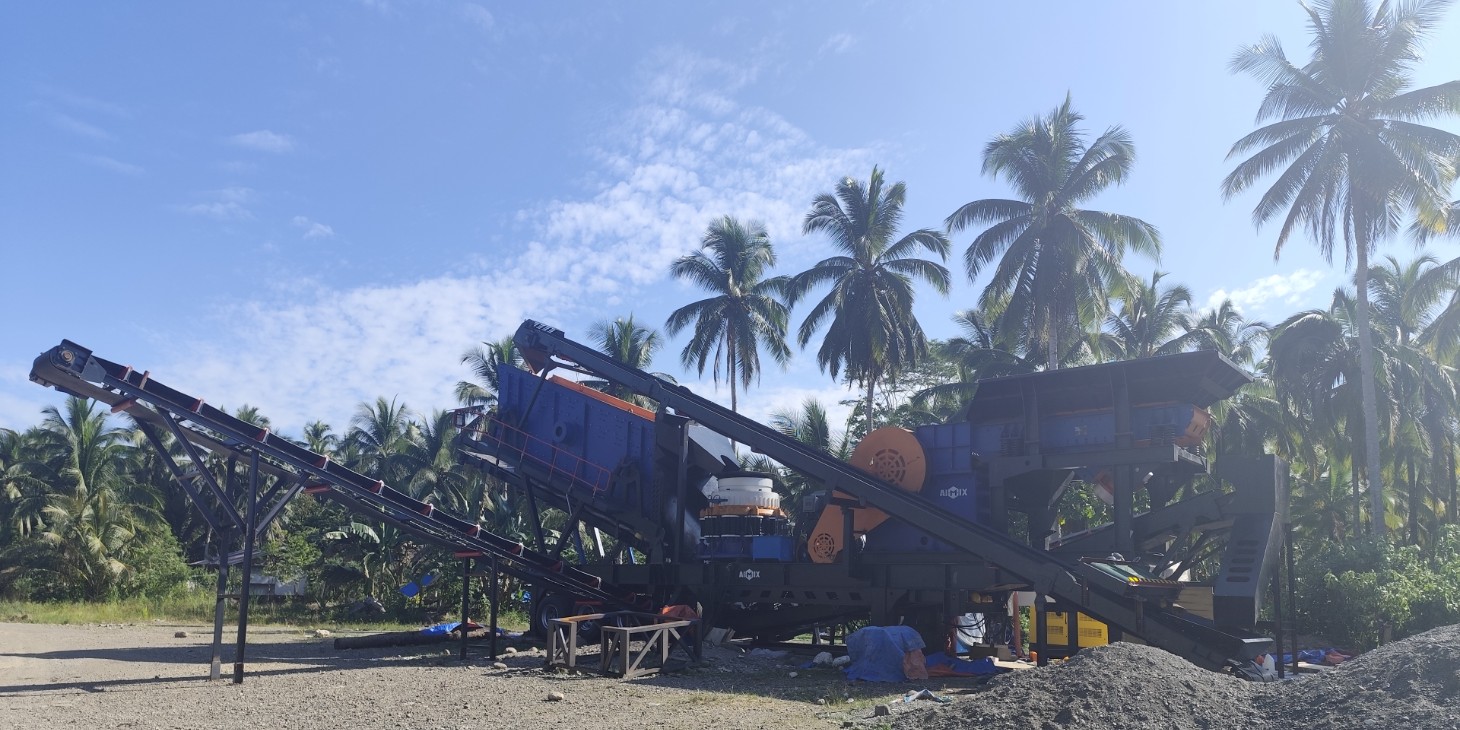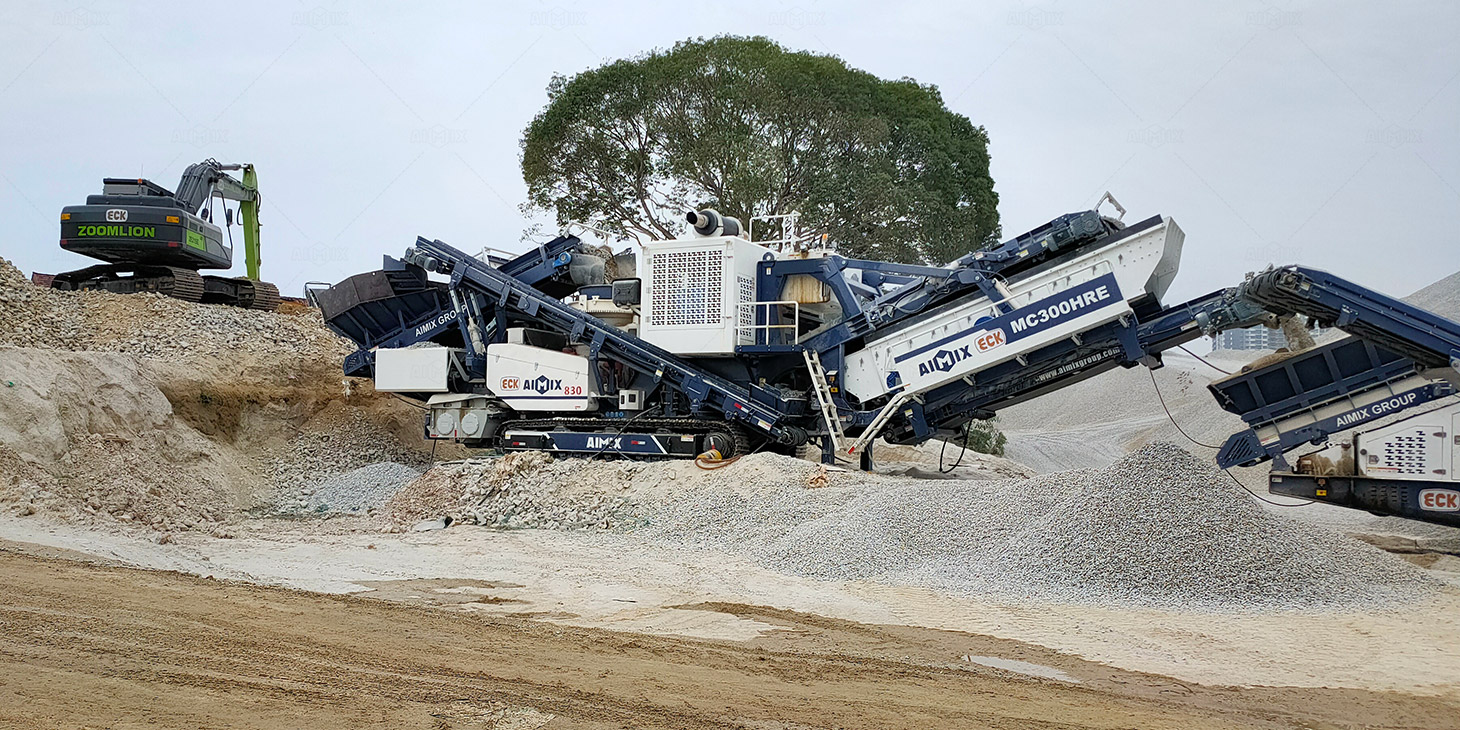In the competitive world of aggregate production, the final product’s shape is no longer a secondary consideration; it has become a primary determinant of market value and project suitability. For decades, the industry relied on stationary plants and a variety of crushing methods, often accepting a compromise between yield, production speed, and the crucial geometry of the finished stone. Today, a significant paradigm shift is underway.
Progressive aggregate sellers are increasingly deploying mobile cone crushers, recognizing that these advanced machines offer a compelling solution to the perennial challenge of cubicity. This transition is not merely about adopting new machinery but about embracing a more intelligent, responsive, and profitable operational model. The ability to produce consistently well-shaped, cubicle aggregates directly at the source is revolutionizing business practices and setting new standards for quality.

The Critical Importance of Aggregate Shape in Modern Construction
The physical characteristics of crushed stone extend far beyond simple size classification. The shape of each individual particle profoundly influences the performance and integrity of the final application. Flaky or elongated particles, often the result of less precise compression or impact crushing methods, create a loose, unstable matrix. They interlock poorly, leading to voids that can compromise the density and structural strength of asphalt pavements and concrete mixes. This suboptimal particle geometry necessitates the use of more binder or cement to fill these gaps, inadvertently driving up material costs for the end-user. In contrast, cubical aggregates are the cornerstone of superior construction. Their uniform, multi-faceted shape allows for a dense, interlocking arrangement that provides exceptional stability and load-bearing capacity. This inherent strength translates into longer-lasting infrastructure, reduced maintenance cycles, and a more reliable final product that commands a premium in the market.
How Mobile Cone Crushers Achieve Unparalleled Particle Geometry
The secret to the mobile cone crusher’s prowess lies in its refined crushing principle and integrated design philosophy. Unlike primary jaw crushers that utilize a simple compression-and-release action, cone crushers operate on a more sophisticated principle known as interparticle crushing. Material is continuously compressed between a gyrating mantle and a stationary concave liner. However, the chamber is designed to be constantly full, ensuring that rocks are not just crushed against the liners but also against each other. This autogenous grinding action efficiently breaks down the stone along its natural cleavage planes, systematically rounding off sharp edges and reducing flakiness to produce a consistent, cubical end product. This process is a significant departure from methods that can shatter the stone, creating an excess of irregular, weak particles.

On-Site Optimization and Real-Time Control
The mobility of the crusher is not just about transportation; it is intrinsically linked to shape optimization. By positioning the cone crusher directly at the quarry face or demolition site, operators can process material immediately. This eliminates the need for long haulage cycles where material can degrade and become contaminated. Furthermore, modern mobile cone crushers are equipped with advanced control systems that allow operators to make real-time adjustments to the mobile crusher plant‘s settings. The ability to fine-tune the closed-side setting (CSS) and the speed of the mantle’s gyration enables the production of a specific product shape and size on demand. This level of process control, conducted at the very source of the material, is a game-changer for ensuring a consistent, high-quality output.
Beyond Shape: The Operational Advantages Driving Adoption
While the superior shape of the final product is the most cited benefit, the strategic move to mobile cone crushers is also fueled by a suite of powerful operational advantages. Their inherent mobility unlocks a new level of logistical flexibility. A single unit can be rapidly deployed across multiple sites, from a large-scale quarry to a time-sensitive infrastructure project, maximizing its utilization and return on investment. This eliminates the massive capital outlay and permanent footprint associated with a stationary plant setup. The integrated nature of these plants—combining feeding, crushing, and screening on a single chassis—also drastically reduces setup time and the need for auxiliary equipment, allowing production to commence within minutes of arriving on location.
Enhancing Profitability Through Market Responsiveness
This operational agility translates directly into enhanced profitability and market competitiveness. An aggregate producer equipped with a mobile cone crusher can nimbly respond to fluctuating market demands. If a project requires a specific, high-value aggregate grade, the producer can quickly reposition the aggregate crusher to a suitable raw material source and begin production without delay. This capability to service niche markets and specialized contracts provides a distinct competitive edge. The combination of producing a premium, well-shaped product and the ability to deliver it efficiently creates a powerful value proposition that resonates with discerning contractors, engineers, and project managers who are unwilling to compromise on material quality.
A Strategic Investment for a Demanding Market
The aggregate industry’s pivot towards mobile cone crushers represents a maturation in both technology and business strategy. It is a clear acknowledgment that in a modern, quality-conscious construction landscape, the intrinsic value of the material is paramount. These machines are no longer seen as mere rock-breaking tools but as sophisticated processing systems designed to deliver a precise engineering specification. For the forward-thinking aggregate seller, the investment is a dual-purpose one. It is a commitment to producing a superior, in-demand product that stands up to the most rigorous technical scrutiny. Simultaneously, it is an embrace of an operational model defined by flexibility, efficiency, and resilience. In prioritizing superior shape through advanced technology, producers are not just selling stone; they are providing a foundation for better, safer, and more durable construction.